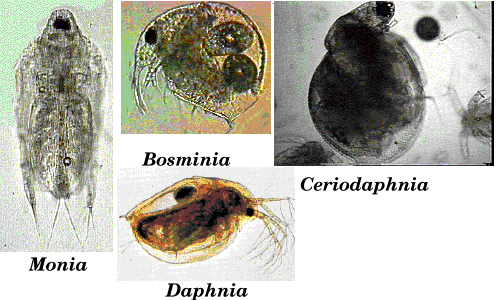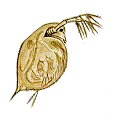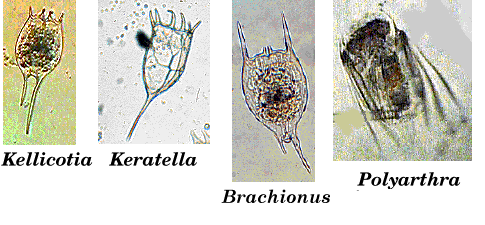Miscellaneous Crustaceans


Look very closely, and you may see swarms of Daphnia ( right ) swimming jerkily through the water as they feed on microscopic algae. These tiny "water fleas", are an important link in the food chain, converting plant plankton into animal.

Tadpole shrimps ( left ) grow much larger than daphnia, up to 1 inch. They are capable of swimming but are usually found crawling on the bottom, on plants, or burrowing. Their eggs are highly resistant to drying, which makes Tadpole shrimps well-adapted to life in temporary pools.

Freshwater shrimps are similar to their saltwater cousins and are usually small ( 1-2" ) and transparent.

